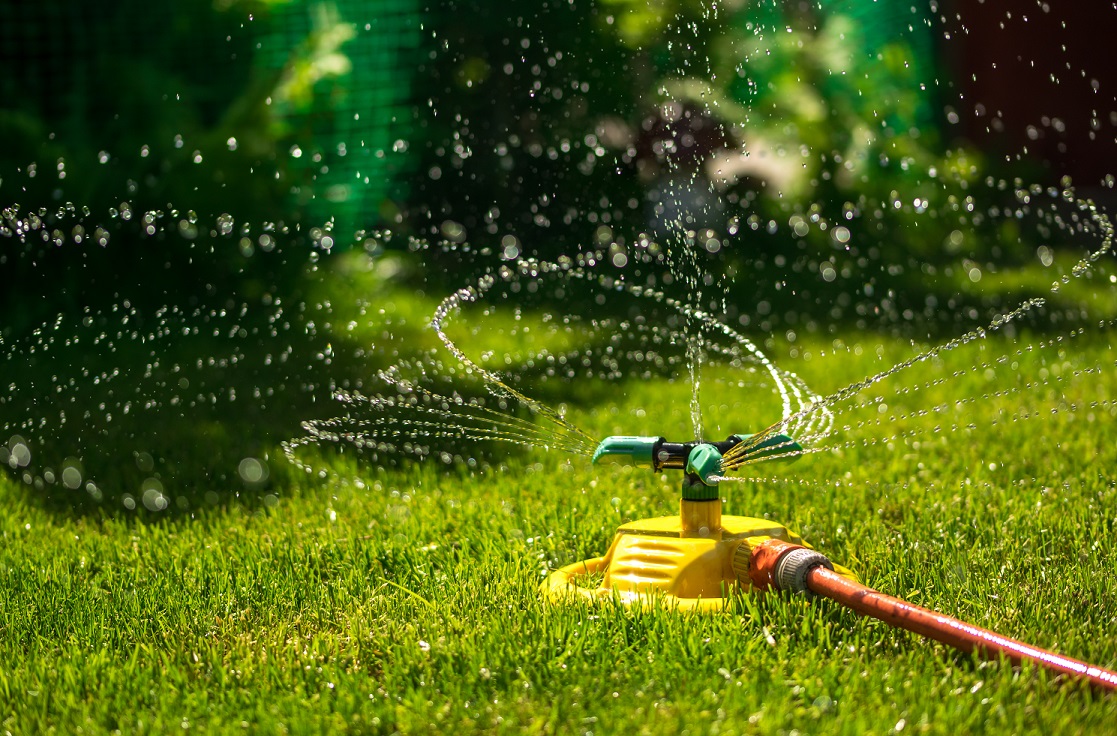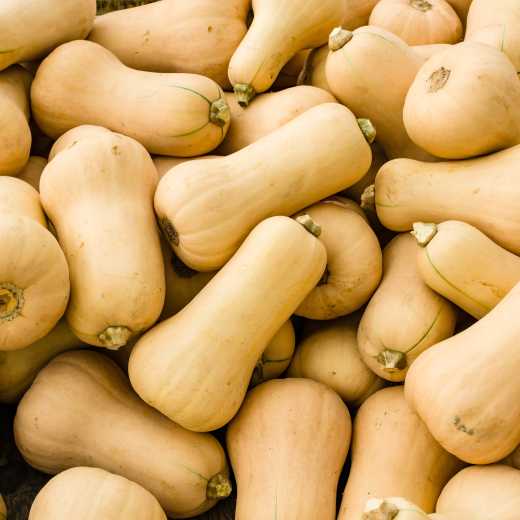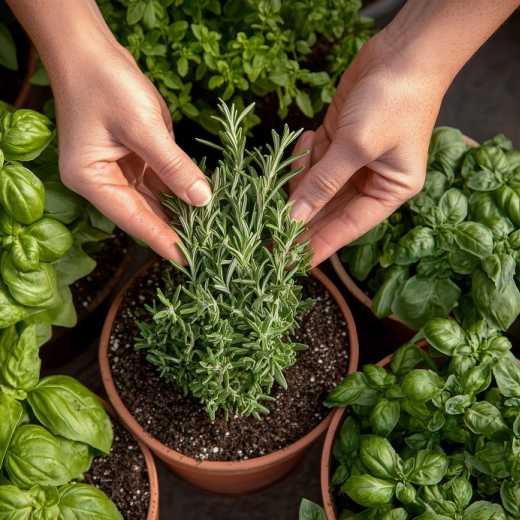Summer Watering Is Critical to Plant Survival

This summer has had unusual weather even for my state, Oklahoma. The last few summers, it has been so rainy I published articles on how to handle too much water. This year, it has been extremely hot with only a few showers of rain. It absolutely feels more like August, and summer has barely begun.
Heat stress manifests itself on plants through browned leaves, wilting, and even death. Lack of moisture can intensify heat stress because plants use water evaporation in the process called evapotranspiration to cool their surfaces. Watering plants adequately during hot weather will help plants compensate for water loss. Having a layer of mulch three to four inches thick around plants will also help to retain moisture in the soil. No matter how much mulch is applied and how much you water, some plants cannot take up enough moisture fast enough through their roots to balance the moisture lost through their leaves. After many days of scorching temperatures, some plants may succumb. Most plants will recover eventually, so if you have a plant that appears to be dead from the heat, try leaving the browned leaves in place and keep it watered regularly. Often you will find new growth emerging before long. You can then cut off the dead foliage, keep the plant watered well, and it will most likely recover.
As a general rule, plants need 1 to 1½ inches of water weekly; however, observing your plants daily is the best way to know when they need water. If plants like purple coneflower, lantana, and crepe myrtles are looking wilted, you definitely need to water more often.
The best way to water all plants is to water them deeply. Shallow watering encourages shallow roots. The roots will go where the moisture is. If the moisture is only in the top few inches of soil, it will dry out quickly from sun and wind, and the roots will cook in the heat. Plants growing in sandy soil and plants in containers will need to be watered more frequently. If your lawn is green but other plants are suffering, it is because plants have different watering needs. Lawn grasses do well with watering that wets the soil to a depth of 6 inches, but trees and shrubs need moisture to a depth of 12 to 18 inches. If you are depending on your sprinkler system to water the lawn and trees at the same time, your lawn may look good; but your trees may not survive. Trees need much deeper watering than lawn grasses. I've noticed quite a few trees, especially recently planted trees, that are dying while surrounded by lush green lawns.
The only upside to that is many of the newly planted trees that haven’t survived were Bradford pear trees. I don’t understand why anyone would choose to plant trash trees in their landscape when there are so many beautiful native and other proven trees that will keep getting better over time with very little care.
It is extremely important to water correctly right now since many plants are setting buds for the next season. If there isn’t enough moisture available during this critical stage, it will severely affect the amount of fruiting and flowering next season. The ideal time to water is early morning when temperatures are cooler. There is less wind so less water is wasted through evaporation, and plants have plenty of time to dry if the foliage is wet. It may be more convenient for you to water in the evening; however, hot nights and wet foliage create the ideal environment for diseases. If we can help our plants survive the heat and drought of summer they should revive dramatically with the cooler temperatures and, hopefully, rainier days of September.
To make it easier to water, I have found it helps to think of your landscape as different zones and water them on a regular basis instead of trying to water everything all at once. This is if you don’t have sprinkler systems on a timer. For example, you could water the areas down by the mailbox that are furthest from the hose on Mondays and Fridays, the areas next to the house on Tuesdays and Saturdays, and the backyard areas on Wednesdays and Sundays, etc. That way everything gets watered regularly if it doesn’t rain and you can get it done with less work early in the morning before it gets too hot for you or the plants. Of course, if you have container plantings, they will need to be watered at least once every day. Stay cool, and happy summer gardening!
National Garden Clubs, Inc. is a 501(c)(3) organization that aims to promote the love of gardening, floral design, and civic and environmental responsibility. There is a local club near you, click here to find one and join. Subscribe to the NGC’s blog by entering your e-mail here. You do not have to be an NGC member to subscribe. NGC welcomes blog article submissions, e-mail the Blog Administrator at blog@gardenclub.org.

 Member Login
Member Login






